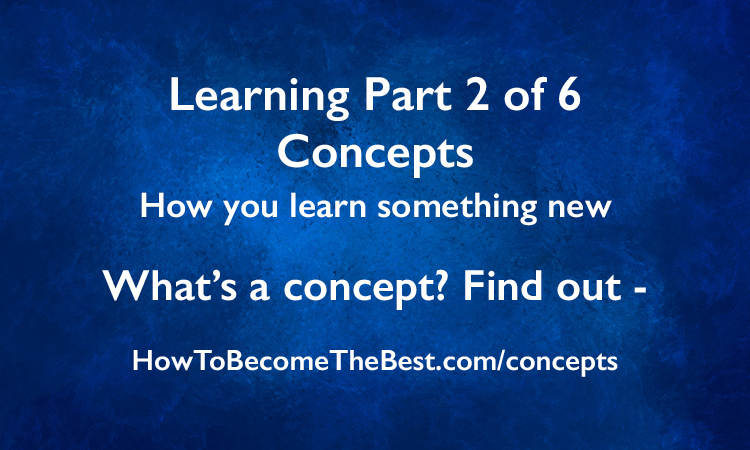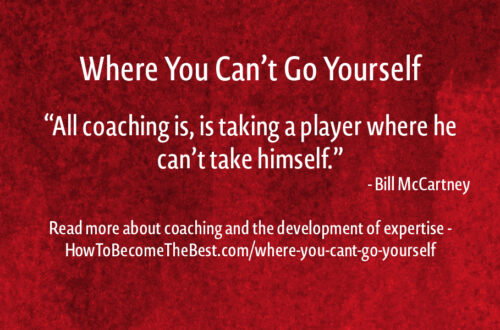Learning Part 2 of 6 – Concepts
How you learn something new
An excerpt from How To Become The Best at Anything.
Here’s a common example of a concept: a chair. You can look at one and tell right away that it is a chair. A chair can have four legs, three legs, two legs, one leg, or no legs. A chair can have more than four legs. Your memory stores a definition and examples of chairs. You have learned the concept of a chair. To learn a new concept, you need a definition and examples of the concept.
Learning a concept sounds easy, and it is. However, you can run into problems when you have a lot of new concepts to learn in a short amount of time. In a typical high school biology class, a student will be given more vocabulary to learn (concepts) than in an average first-year high school foreign language class. I taught high school biology and many of my students struggled with the vocabulary. I would help them learn the new concepts by presenting them in different ways. They would first be exposed to the new concepts in their homework. Then in a lab, then in an exercise, and then in group work that would push them to apply the concepts in different ways and would show them how the concepts fit in with processes, principles, and productions.
Next week Part 3 of 6 – Processes





